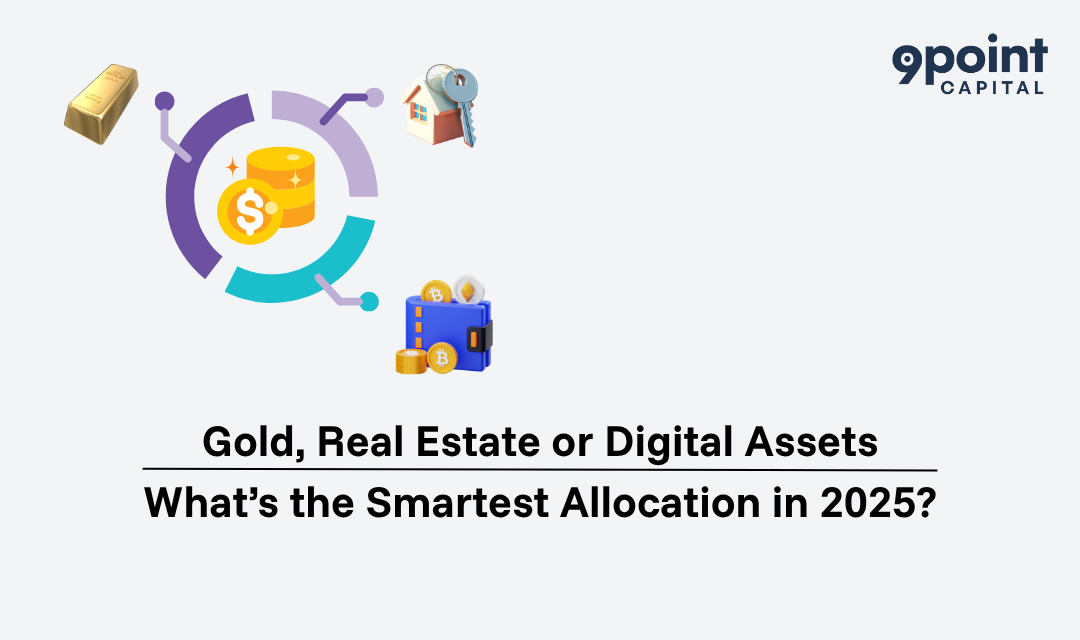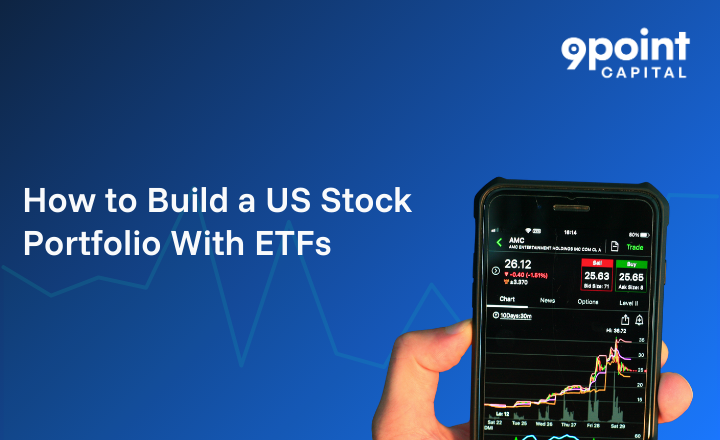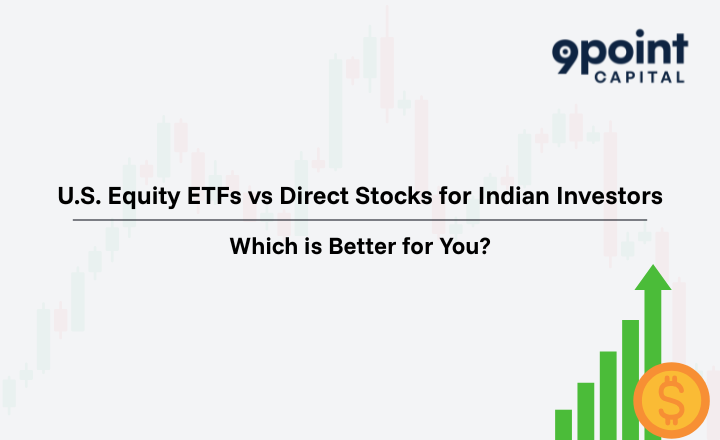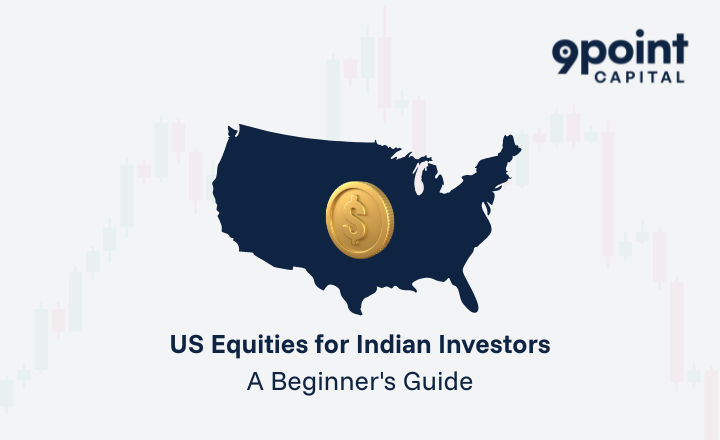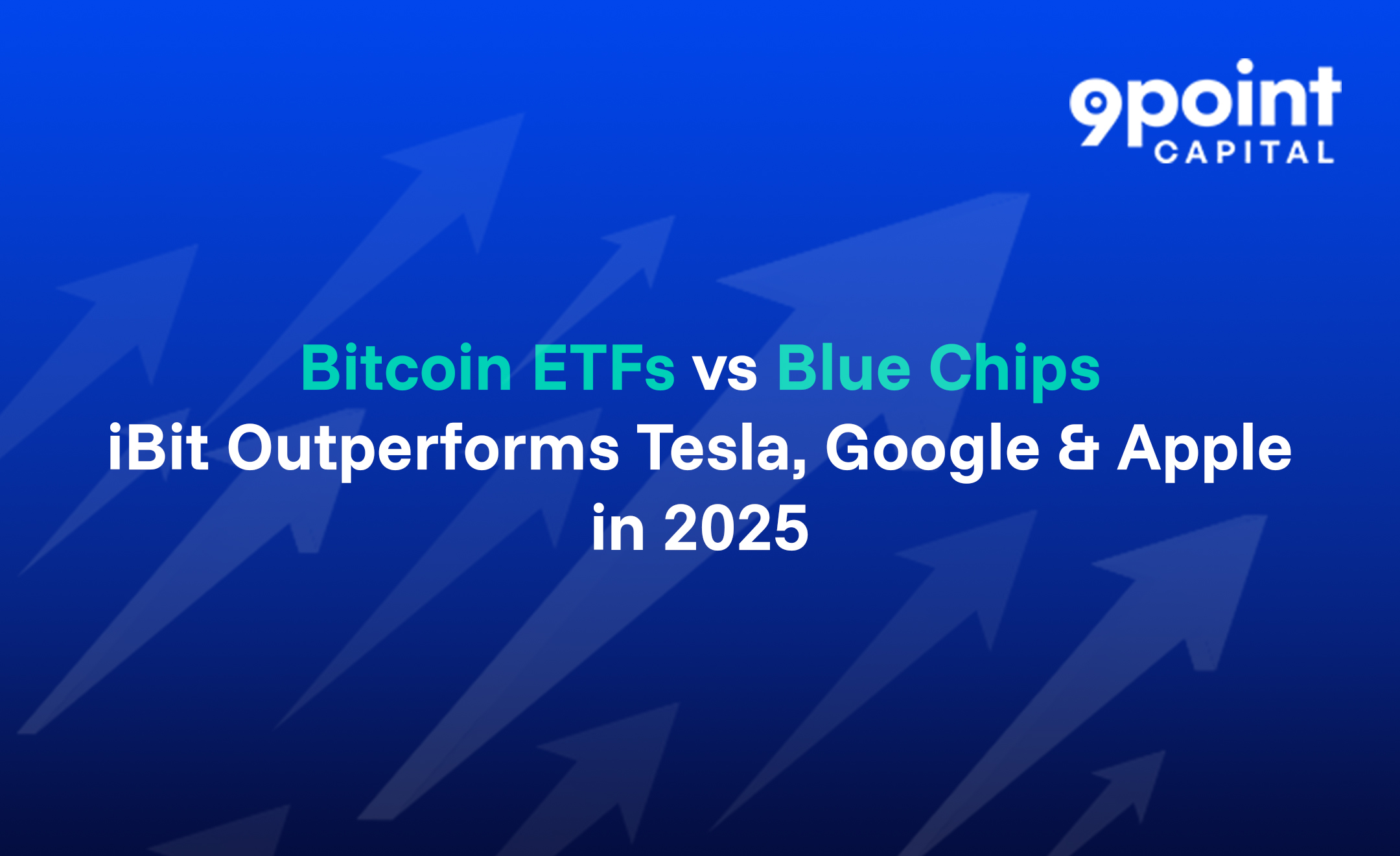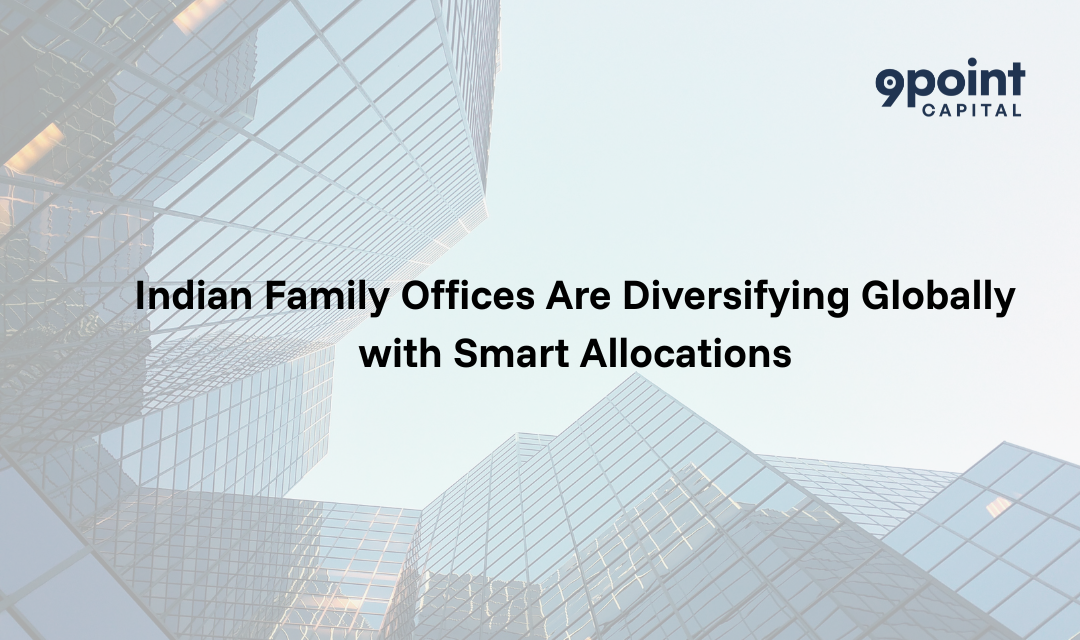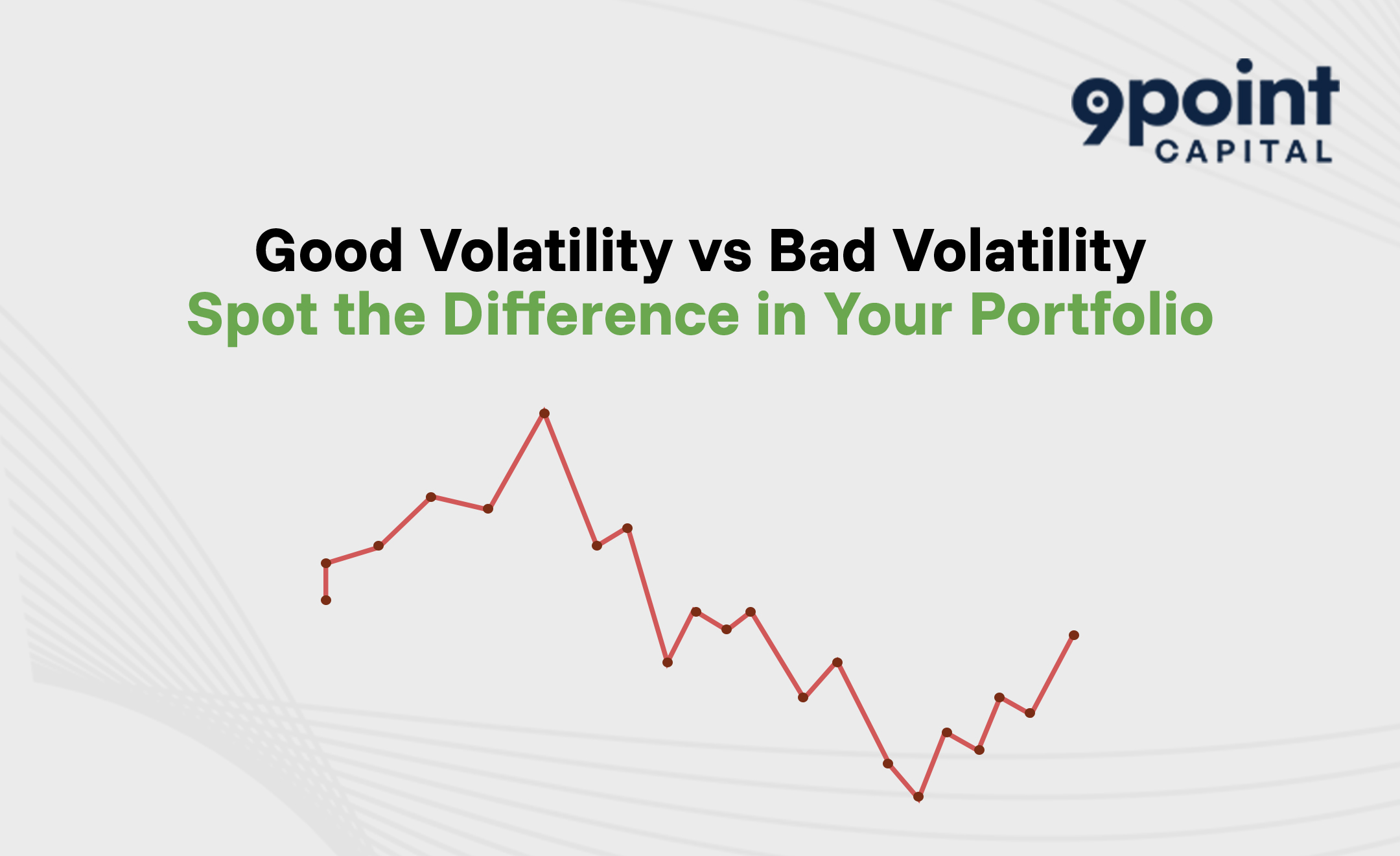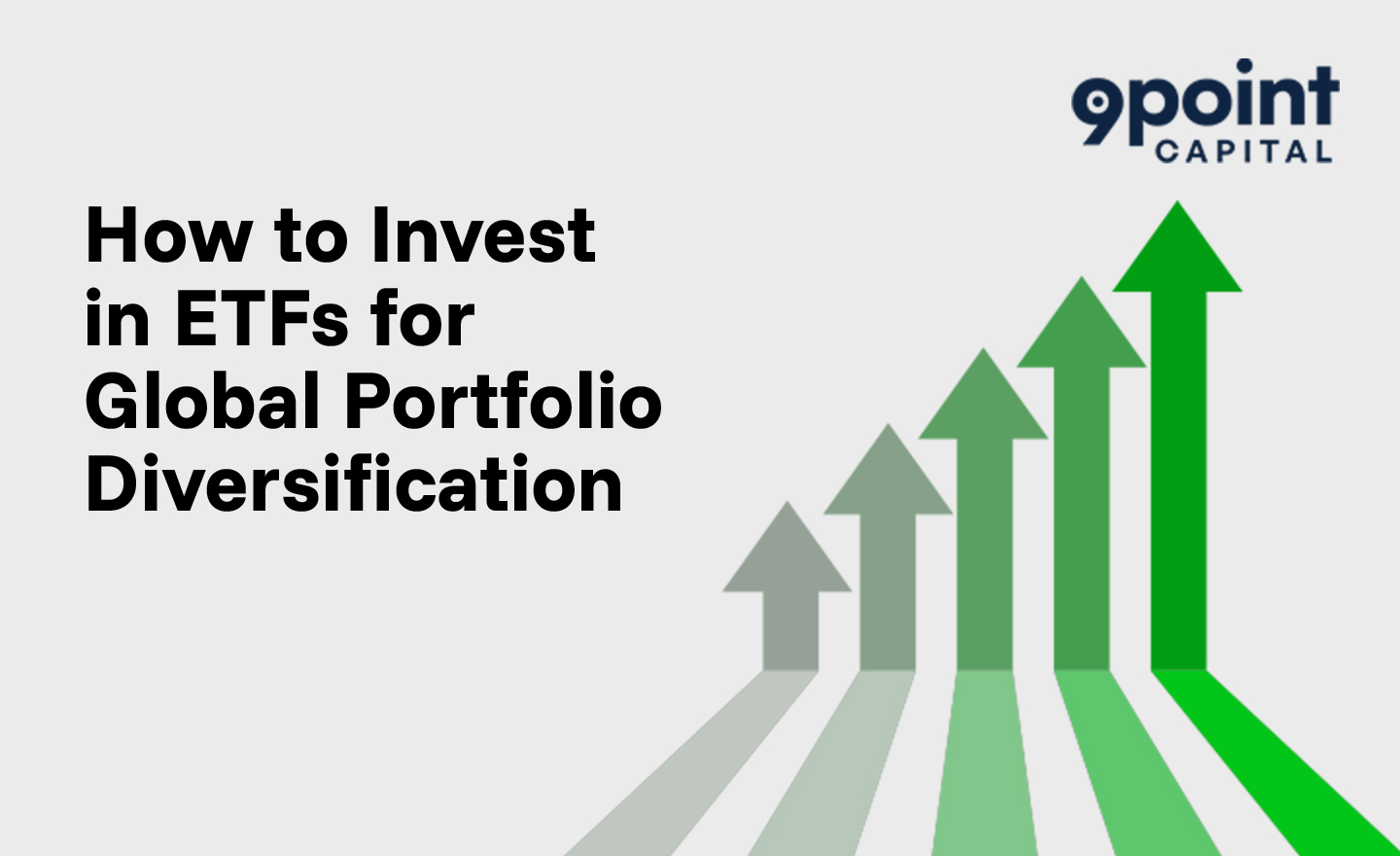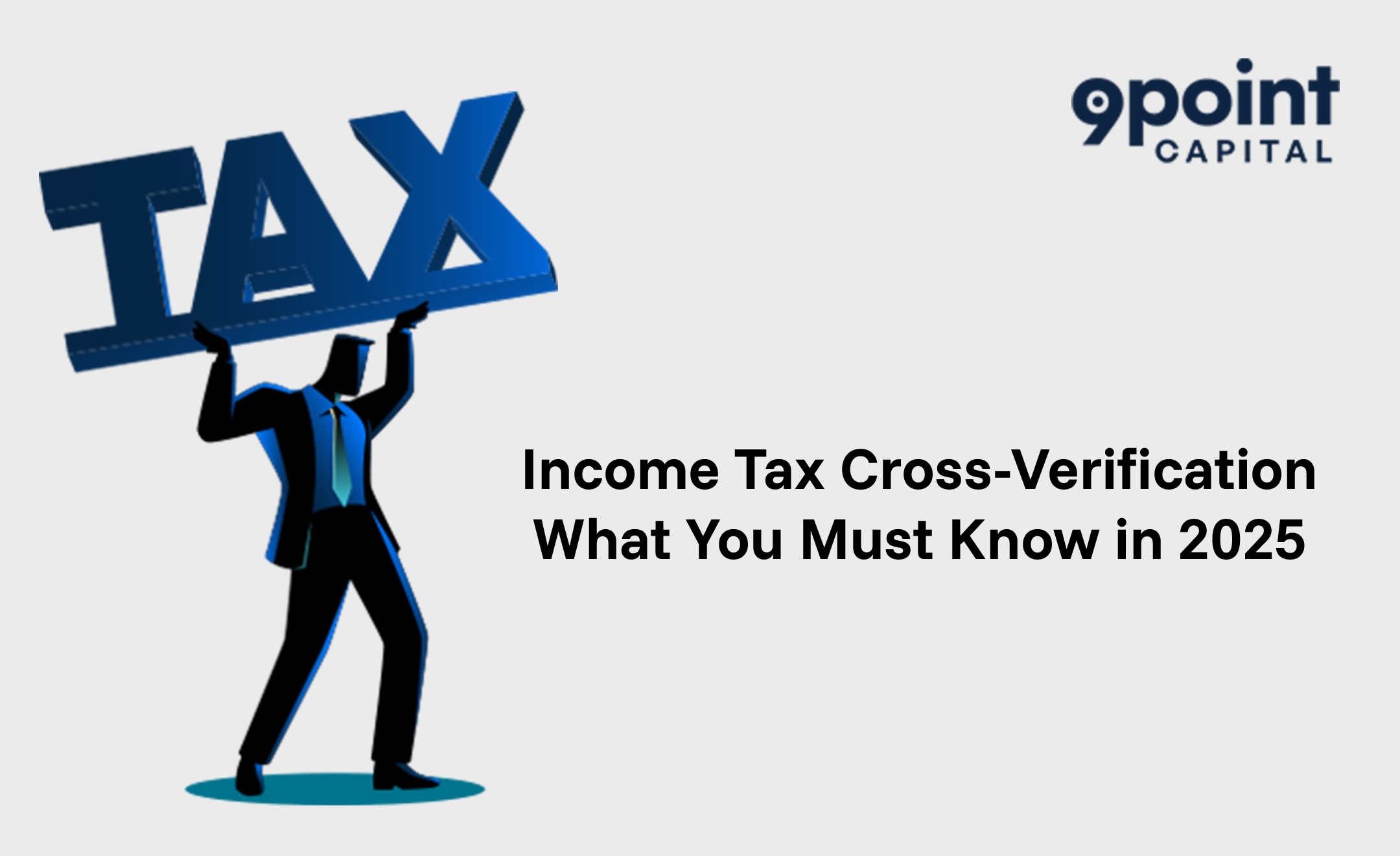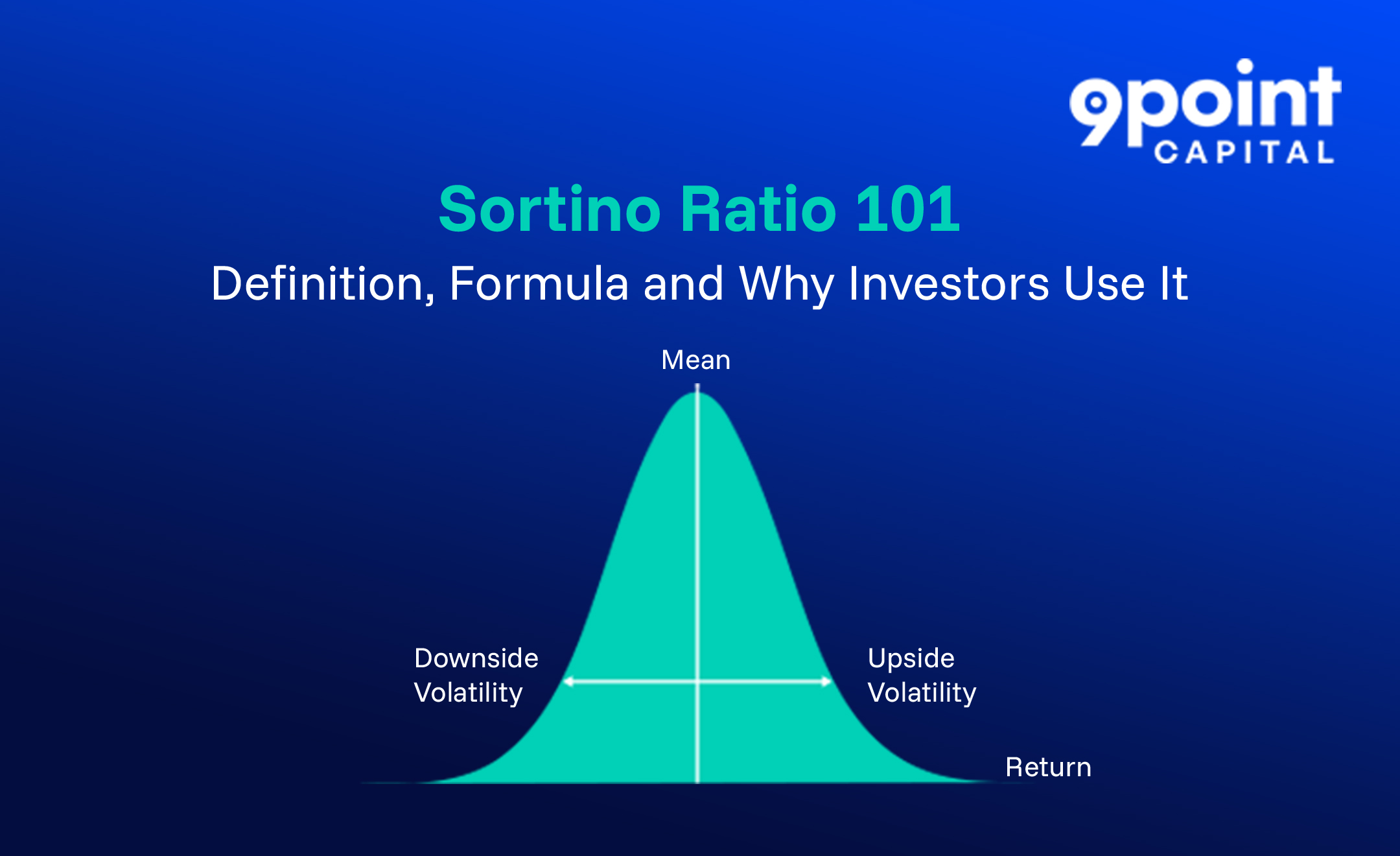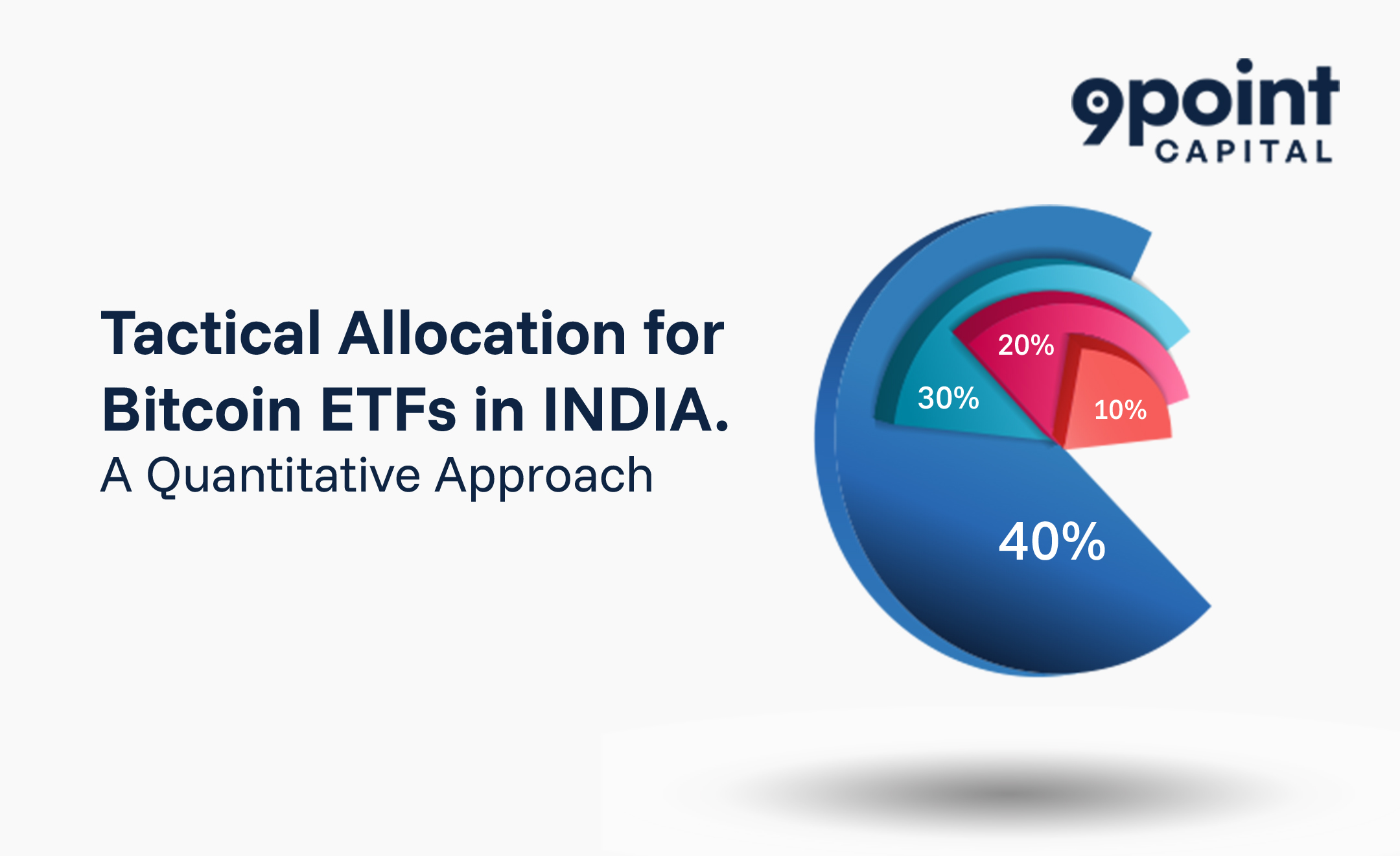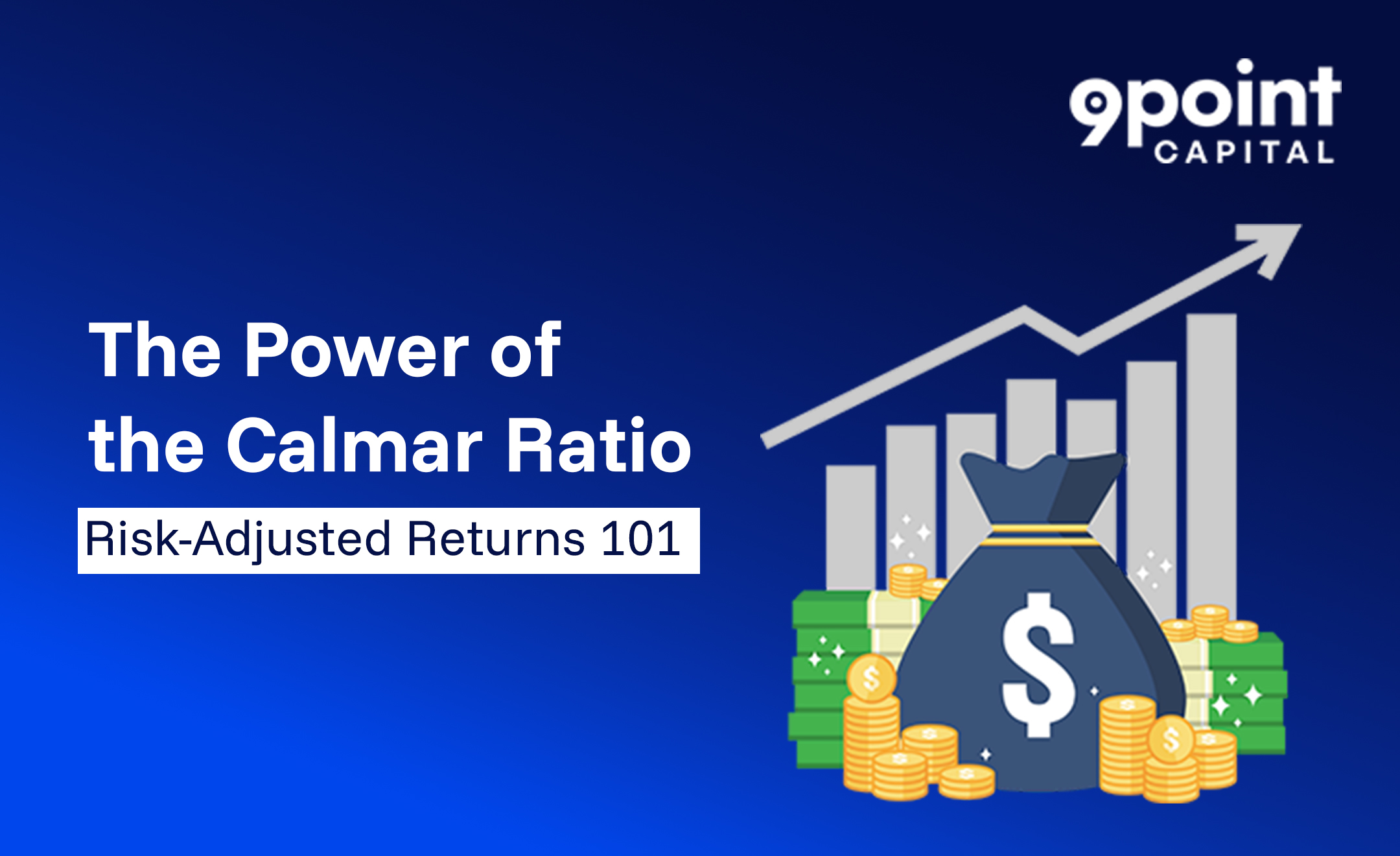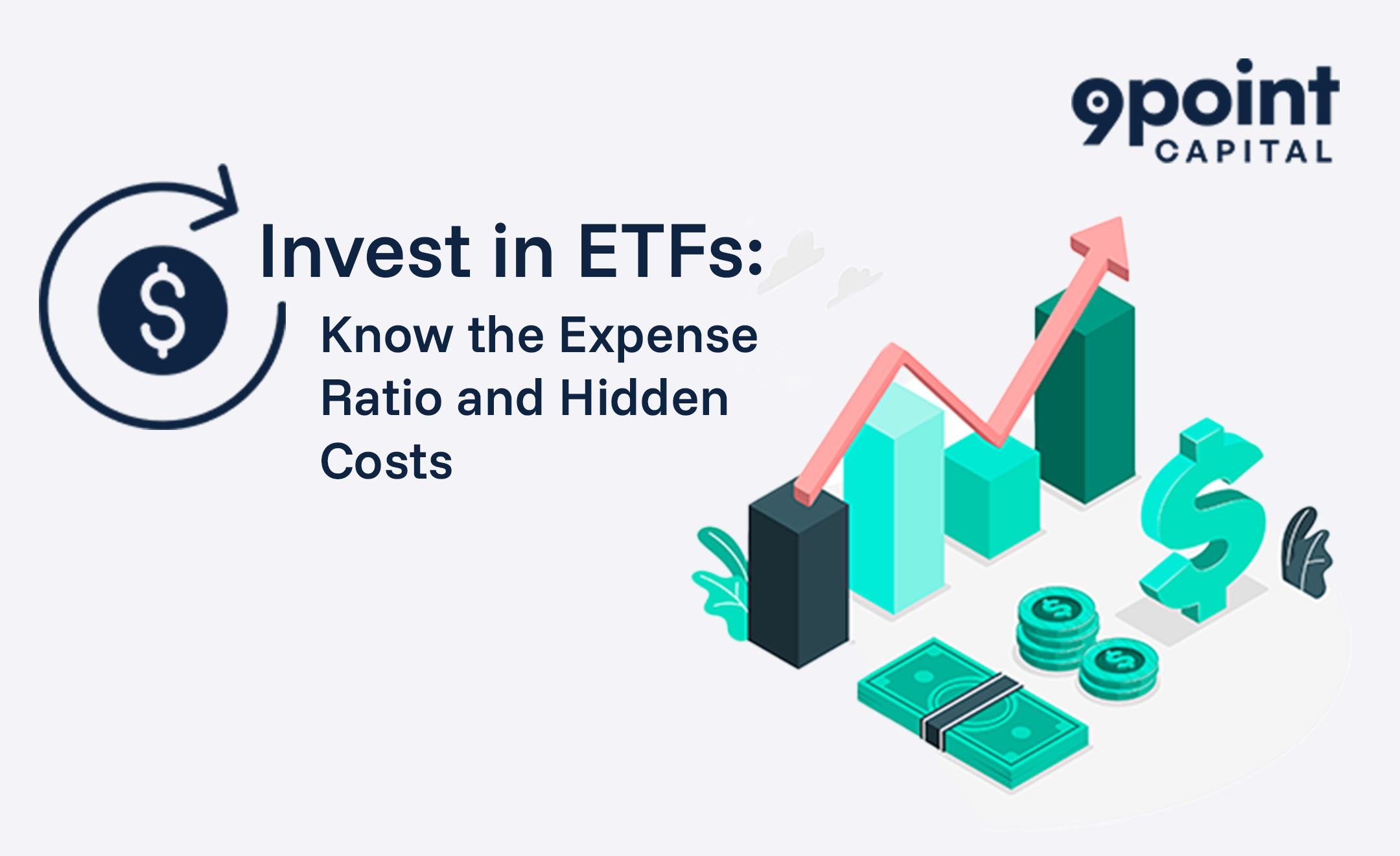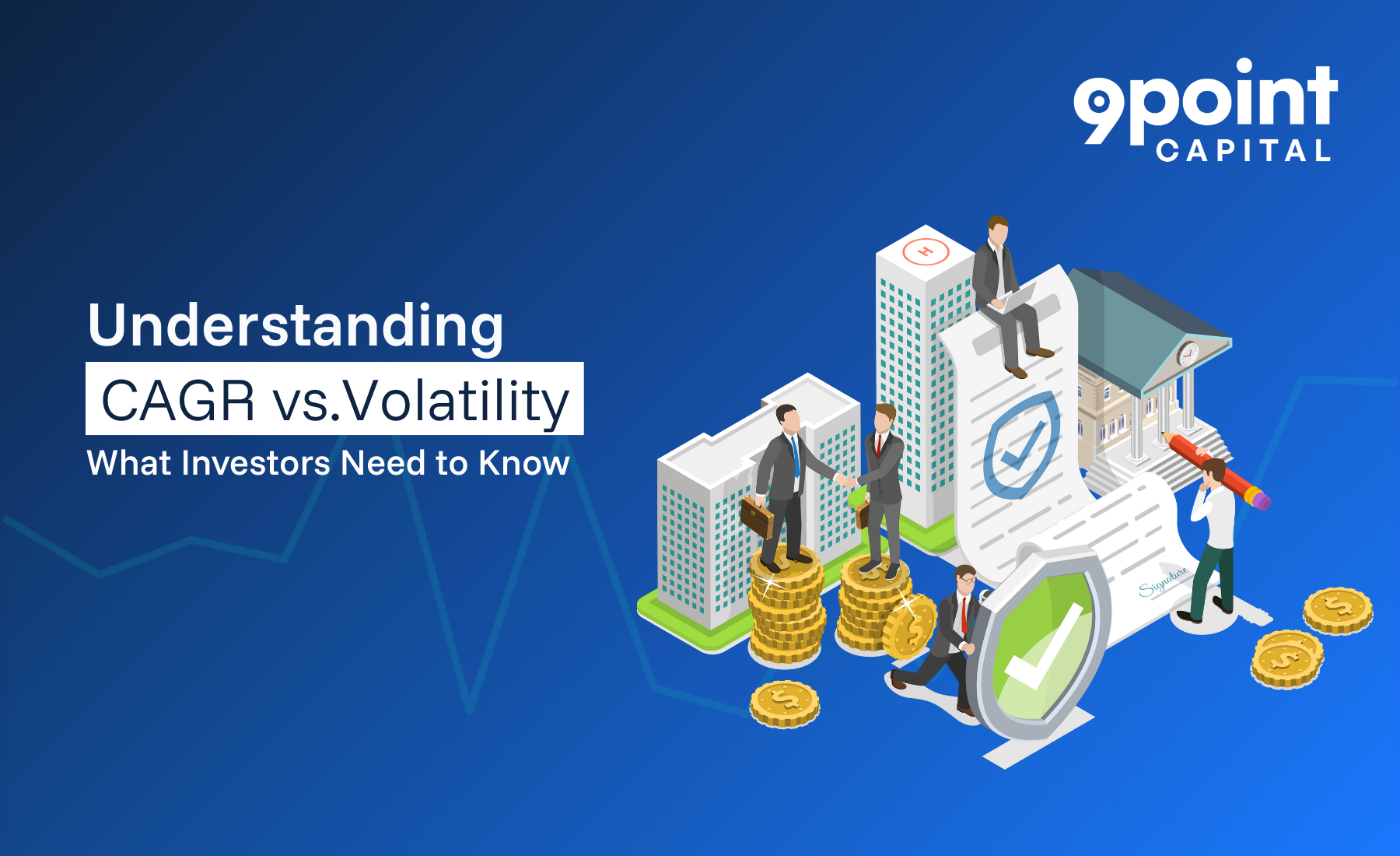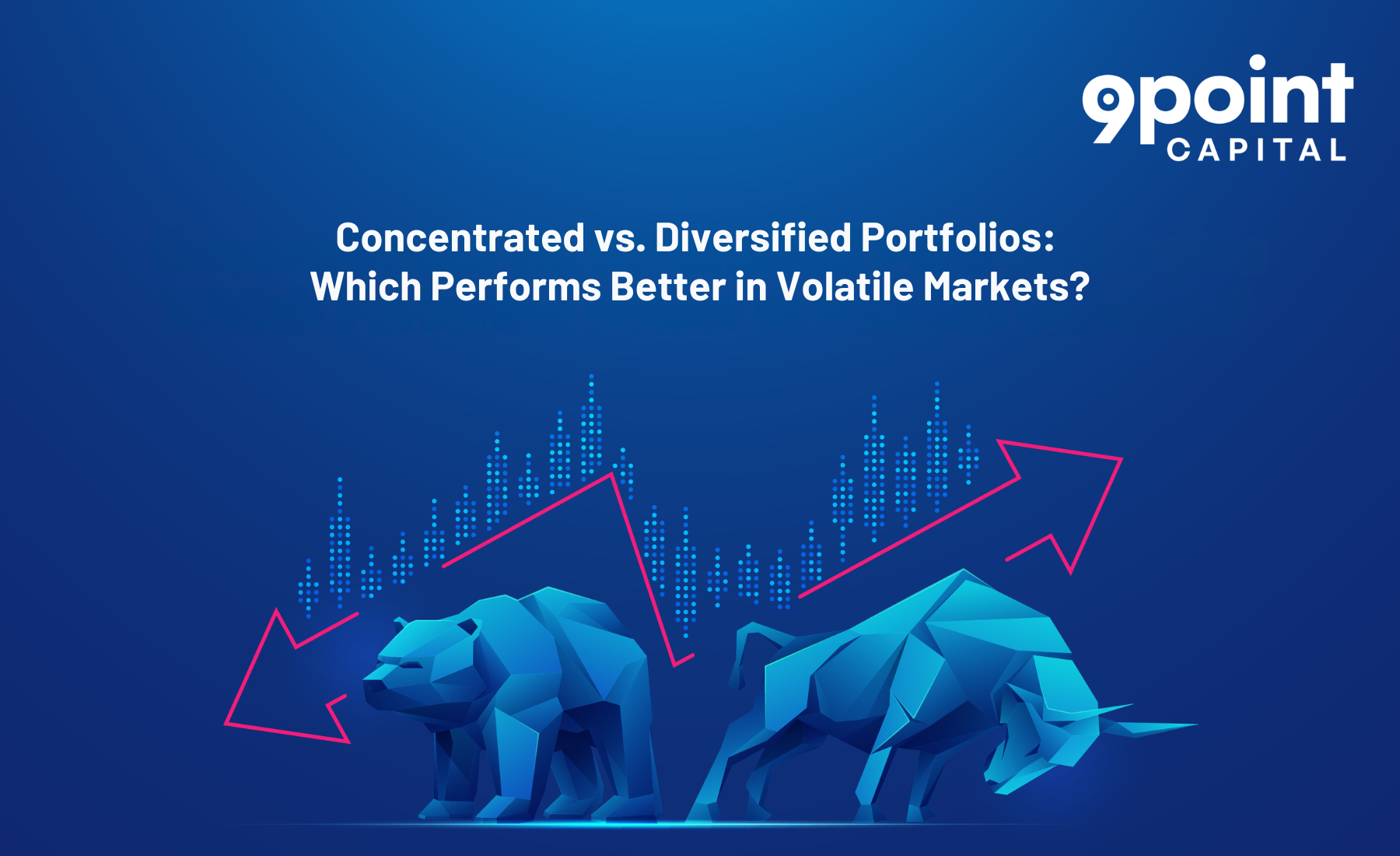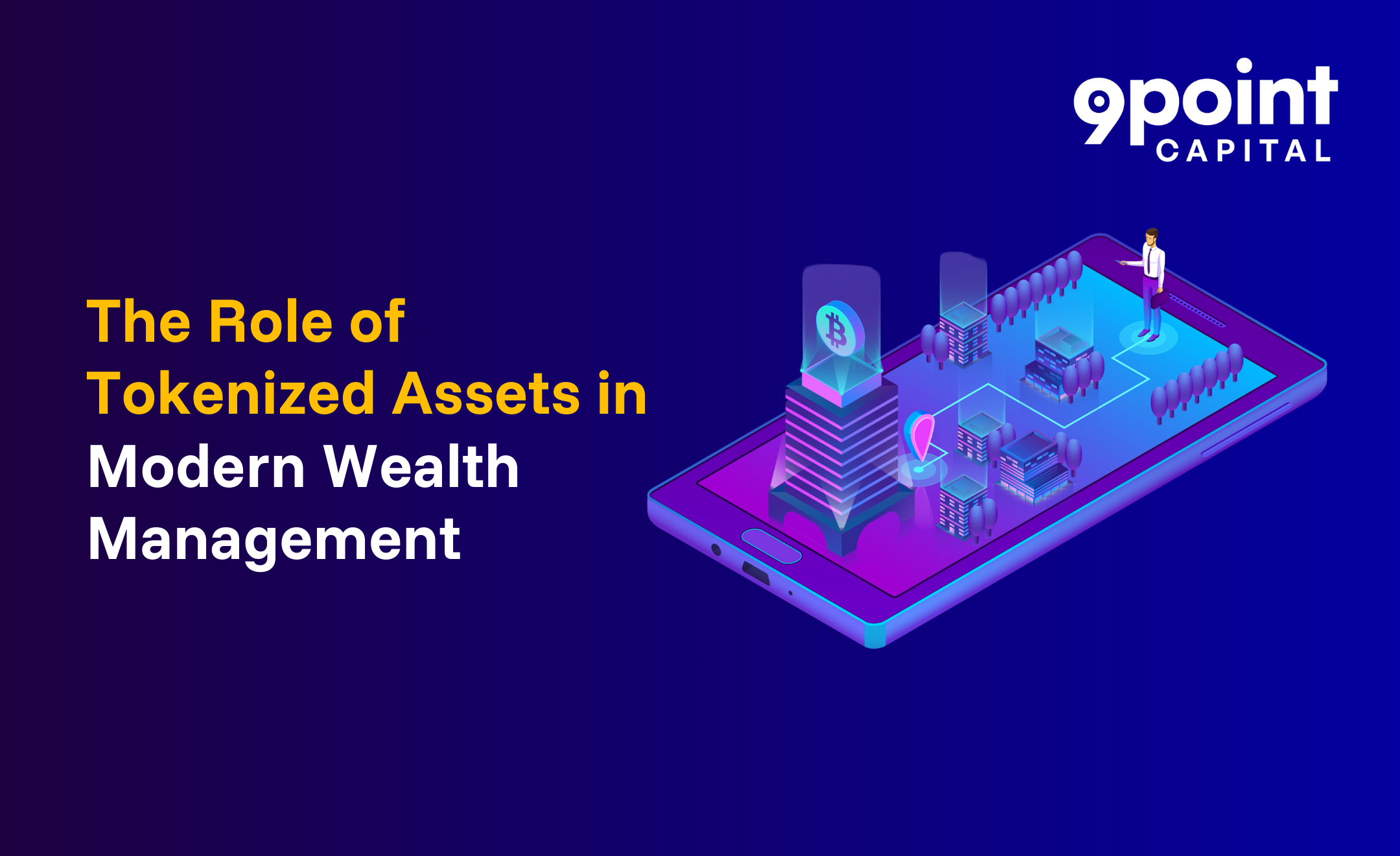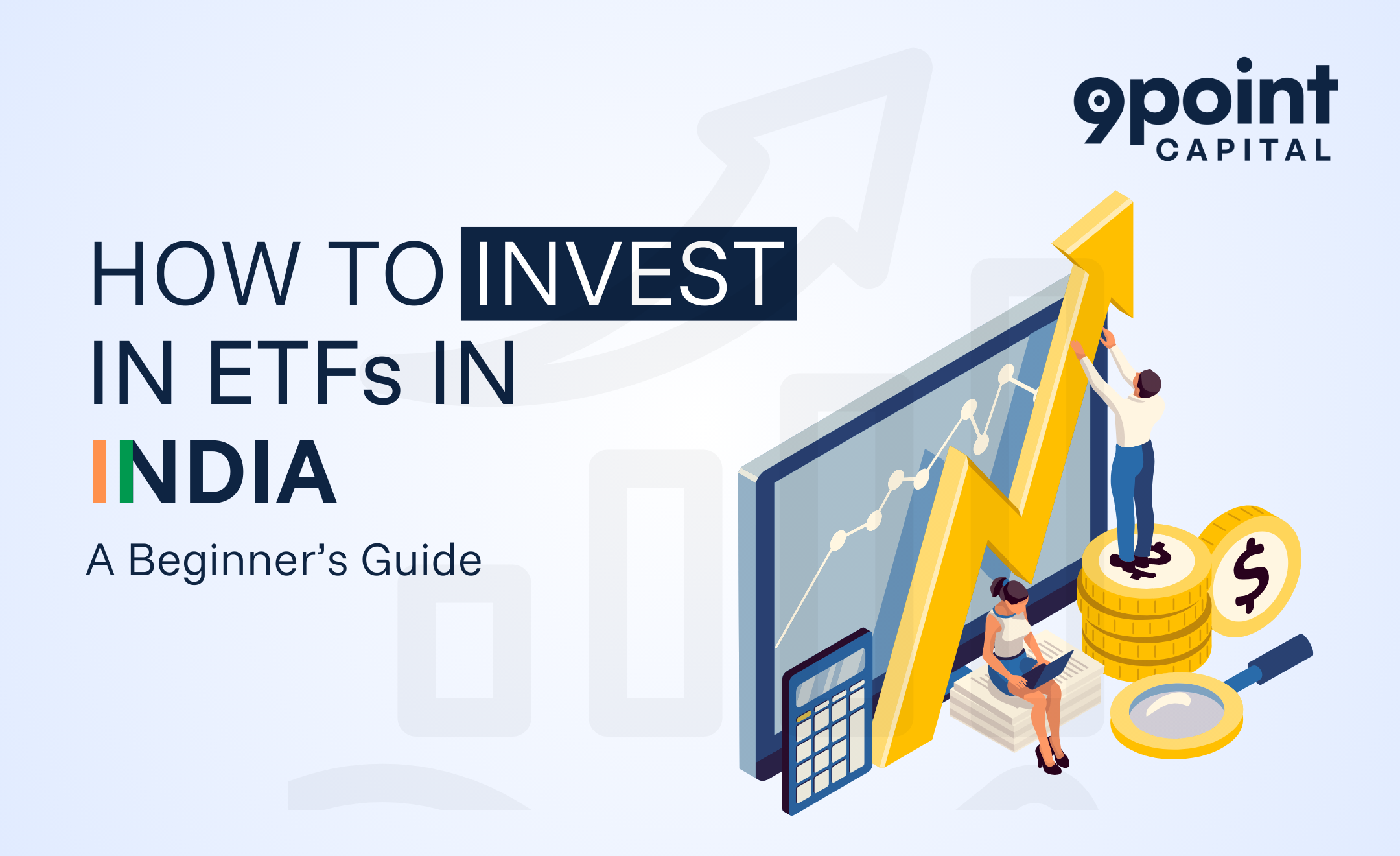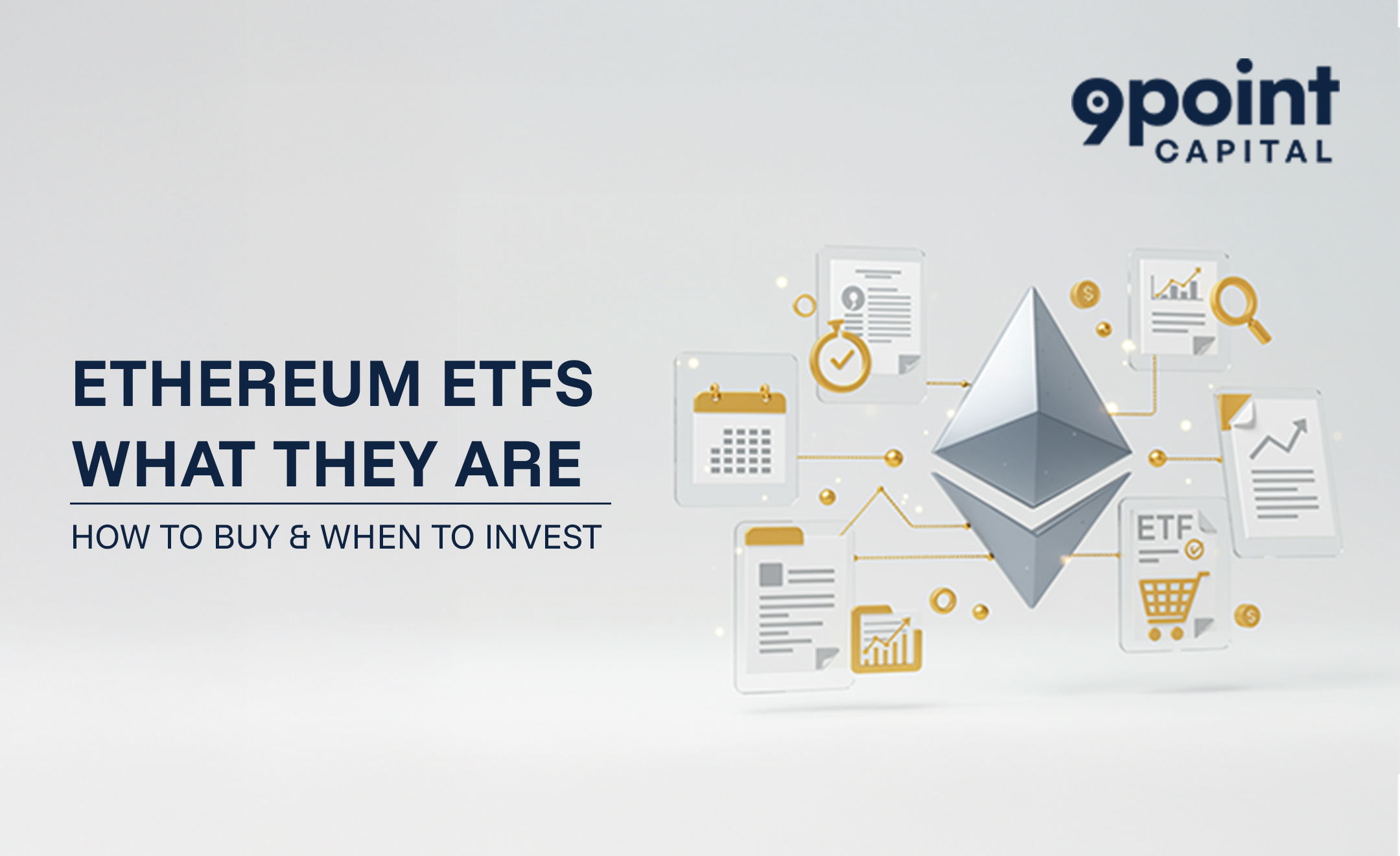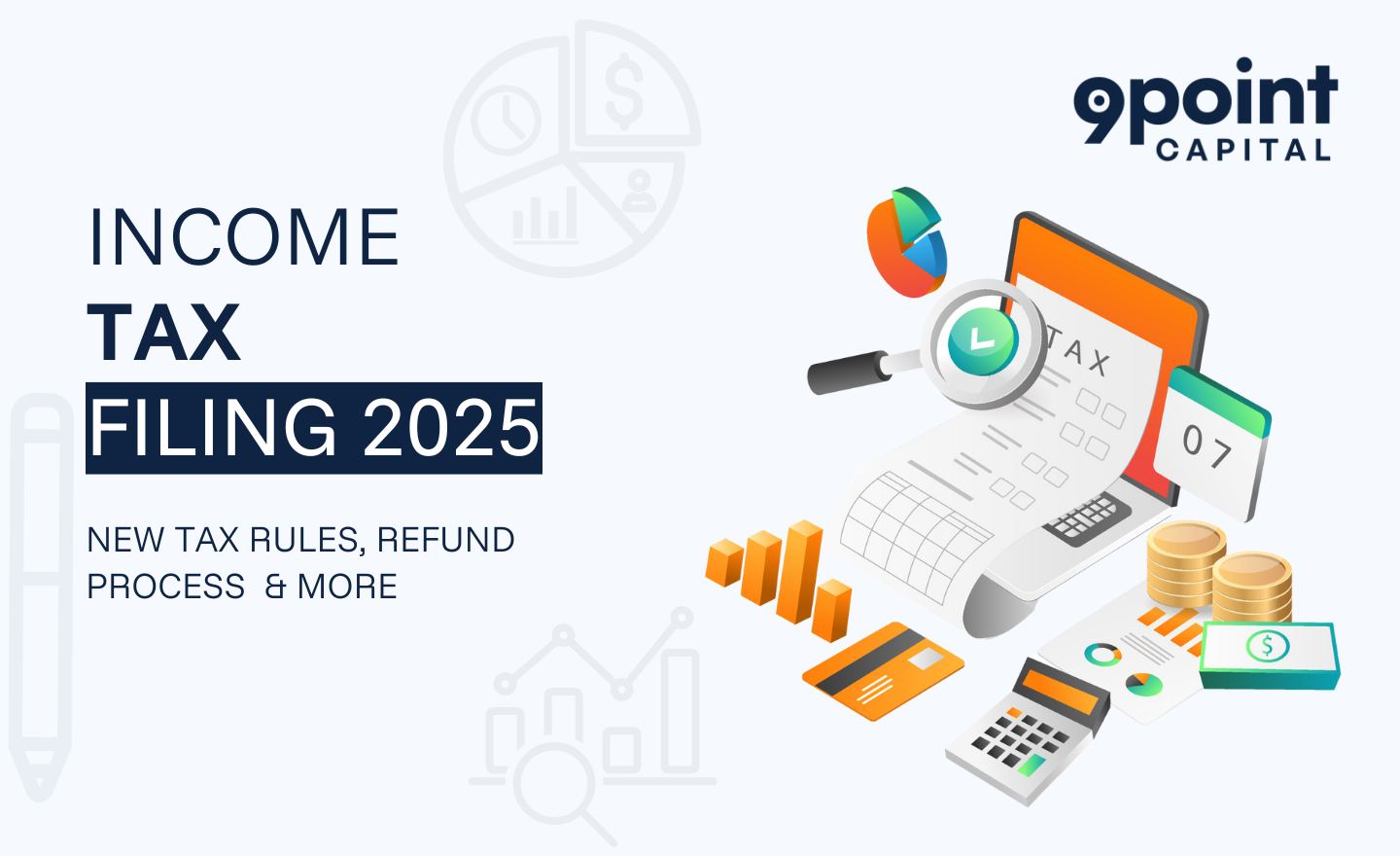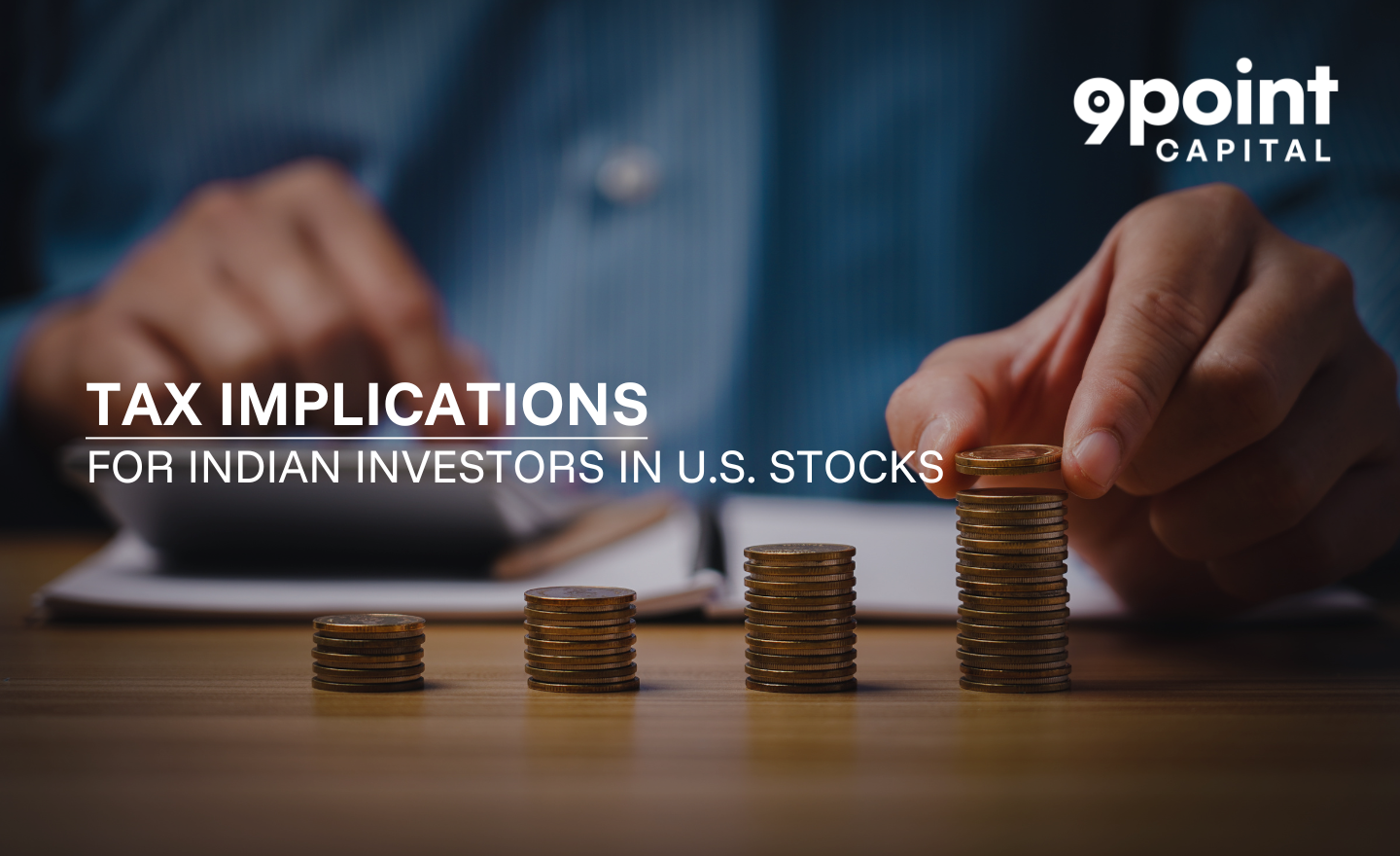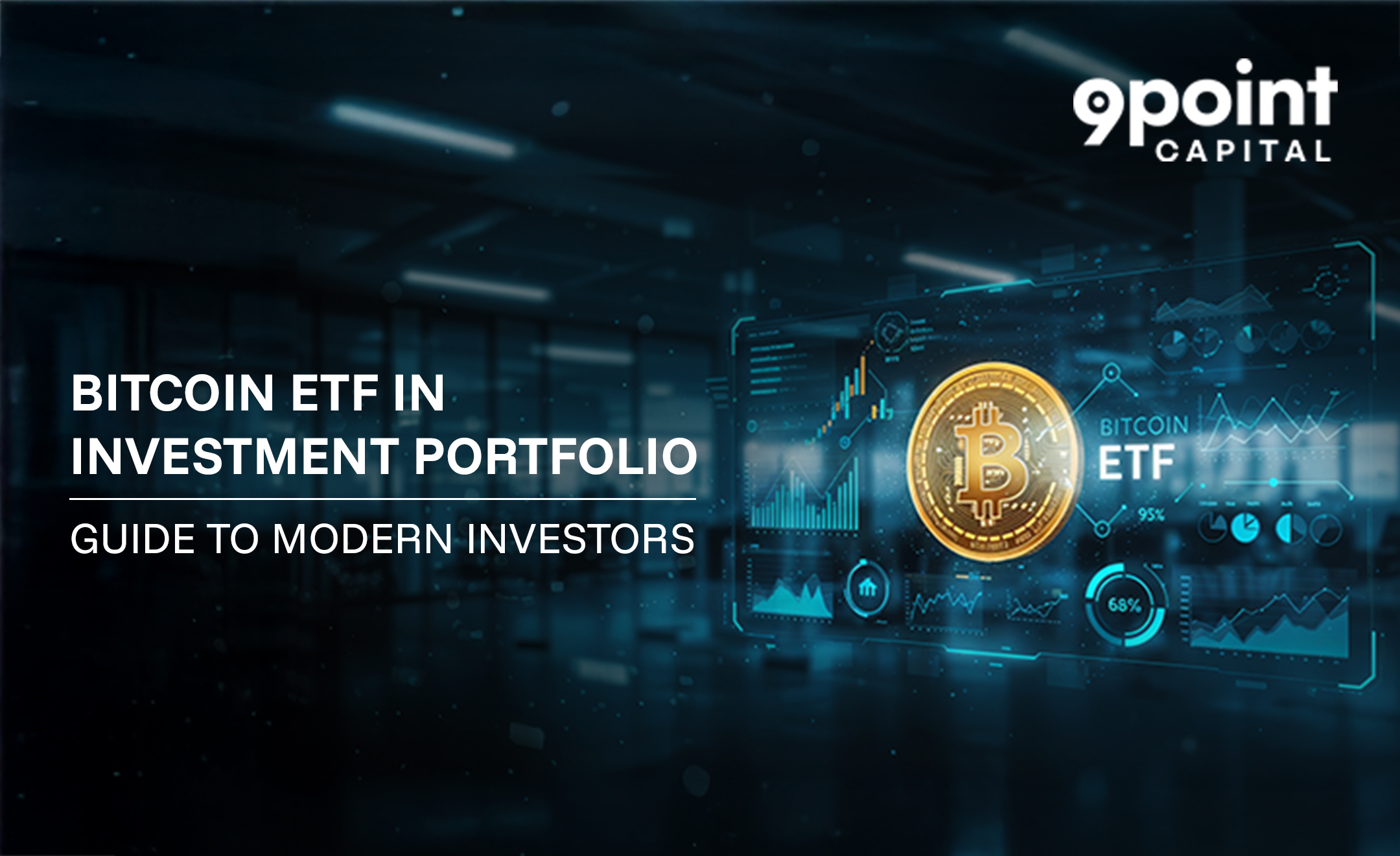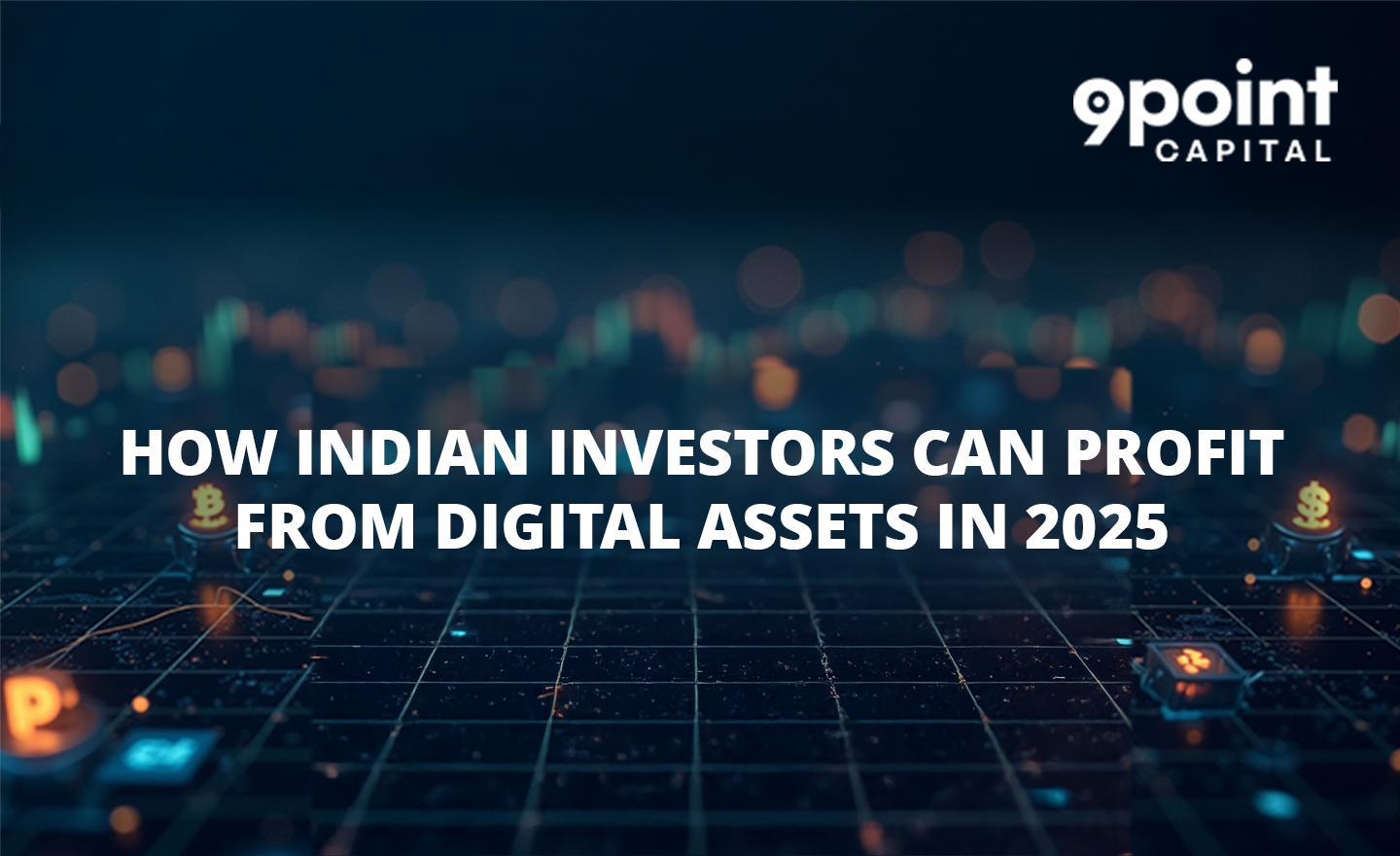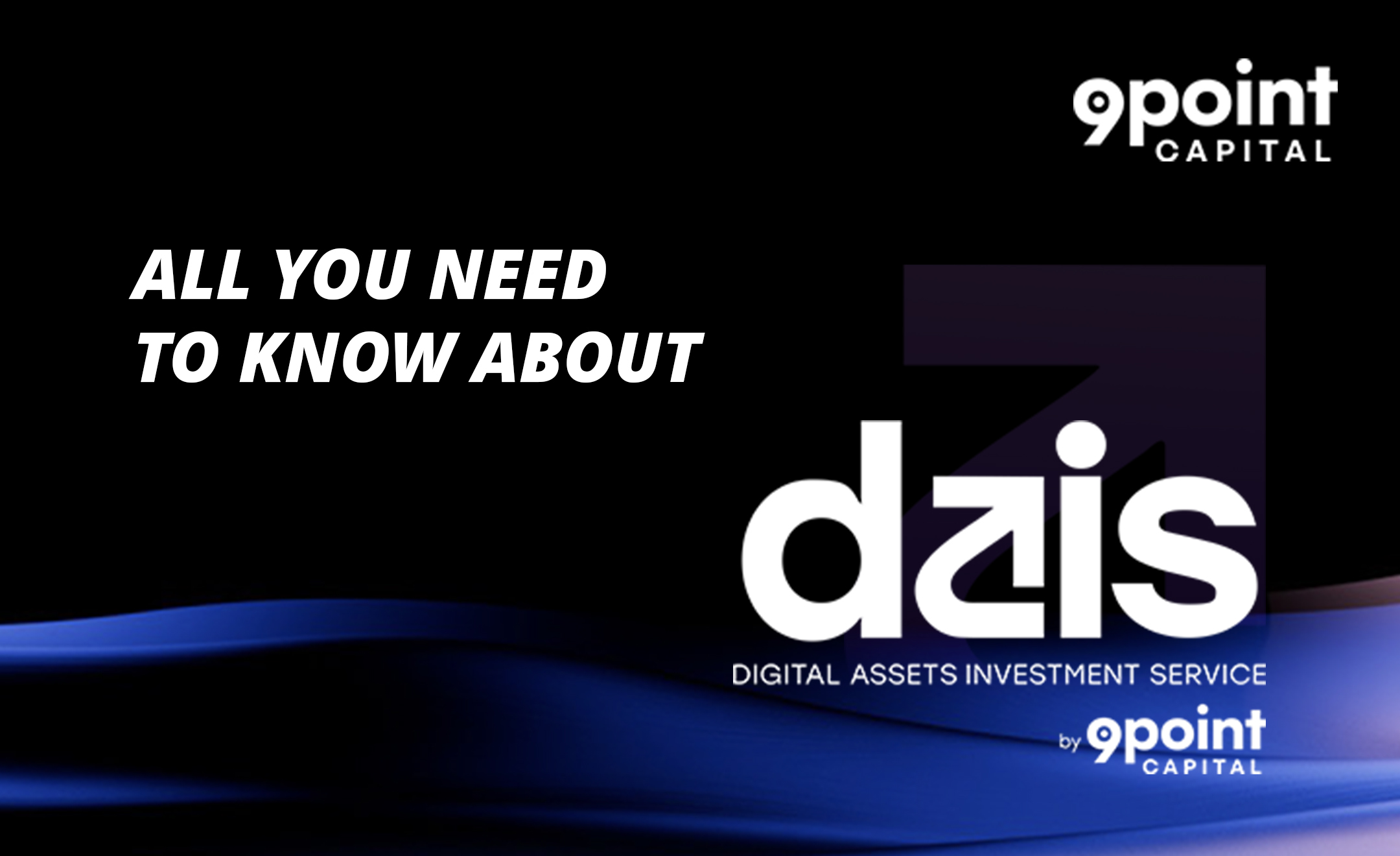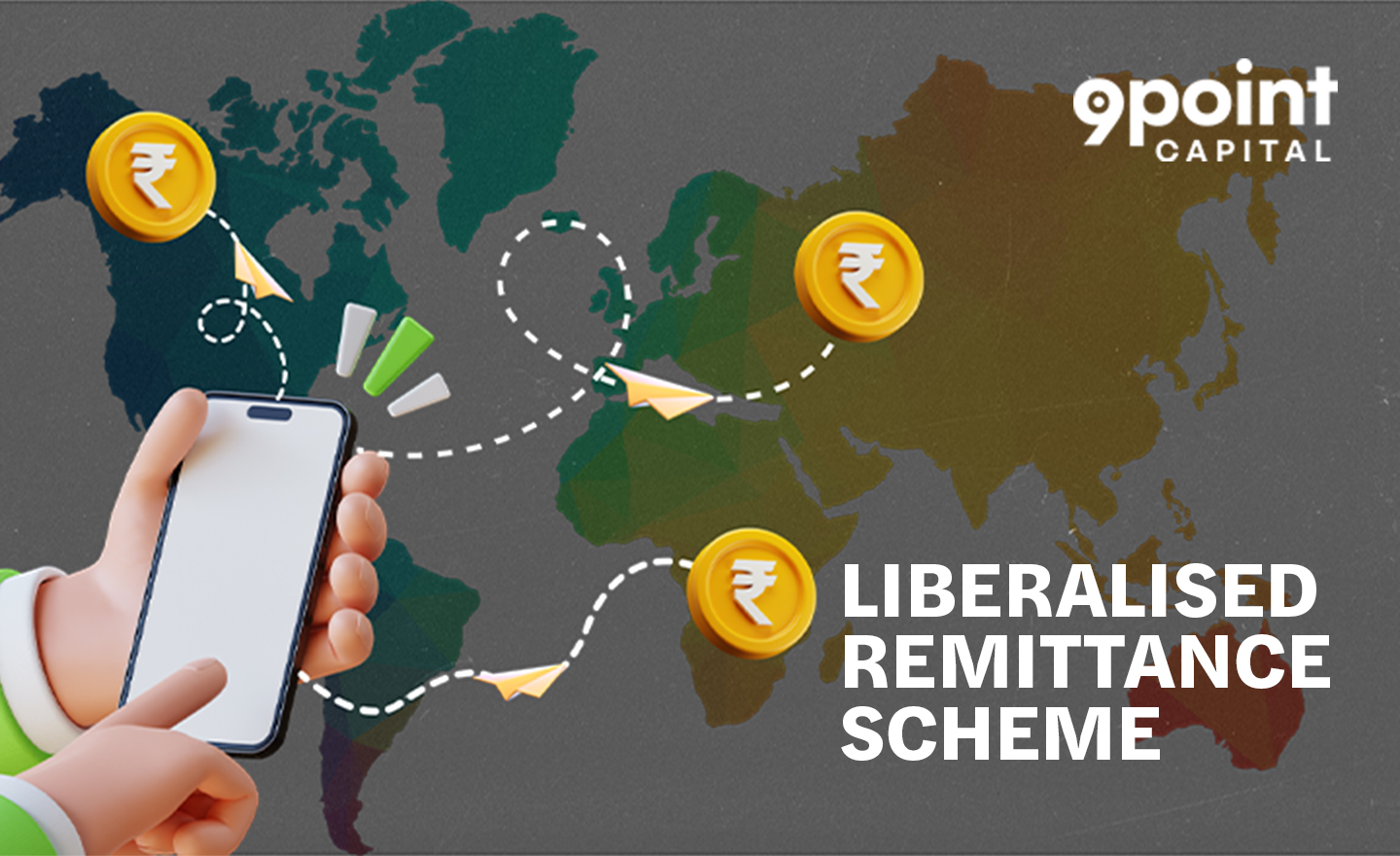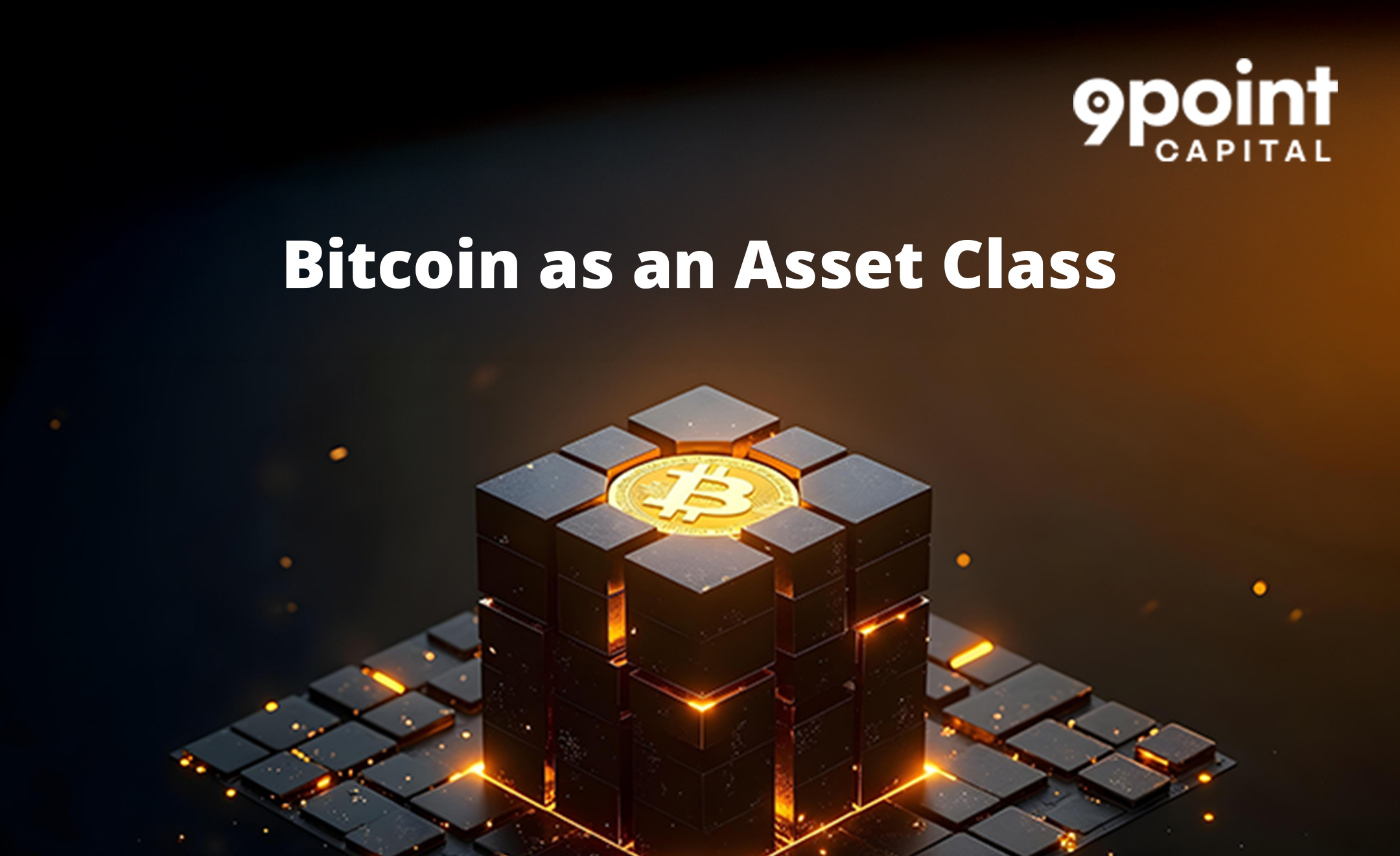With global access improving and inflationary pressures rising, one question is coming to the forefront: Are digital assets the missing piece in your portfolio?
Why Investors Are Rethinking Traditional Portfolios?
In today’s interconnected economy, risk doesn’t stay local. Economic volatility, rupee depreciation and limited diversification have led many investors to reconsider their allocations. Relying solely on gold or real estate may no longer be enough to stay ahead of global shifts.
Enter digital assets, a new-generation solution offering speed, transparency and global scalability.
Understanding Digital Assets in 2025
Digital assets refer to tokenized instruments that exist on secure, decentralized or regulated digital platforms. These include:
- Bitcoin ETFs that mirror Bitcoin’s performance
- Tokenized treasury bonds offering secure yield
- Stablecoins backed by fiat or government debt
No longer fringe or speculative, digital assets are entering mainstream HNI portfolios, with proper regulatory, custody and tax frameworks in place.
Why Digital Assets Are on the Rise?
There are four key reasons Indian investors are increasingly allocating to digital assets in 2025:
- Global Access: Investment is now permitted via the Liberalized Remittance Scheme (LRS)
- Performance: Bitcoin has delivered a CAGR of 160%+ over the past 14 years
- Security: Platforms like 9Point Capital provide SIPC-insured custody via GIFT City
- Efficiency: Long-term capital gains benefits and loss offset options are available with structured routes
Digital assets provide both innovation and compliance, making them attractive for those seeking a future-forward, yet grounded portfolio.
Gold vs Real Estate vs Digital Assets: A Snapshot
| Asset Class | 10-Year CAGR | Liquidity | Accessibility | Minimum Investment |
| Gold | ~12% | High | Easy (ETFs, SGBs) | ₹500–₹5,000 |
| Real Estate | ~9–11% | Low | Location-bound | ₹50L+ (metro cities) |
| Digital Assets | ~80% (Bitcoin ETFs) | Very High | Global, borderless | ₹50L+ (via GIFT PMS) |
Note: CAGR varies by cycle and market entry points.
How Should You Allocate in 2025?
Asset allocation should be driven by goals, not guesses. Here’s a strategic framework:
| Investment Goal | Gold | Real Estate | Digital Assets |
| Wealth Preservation | 30% | 50% | 20% |
| Balanced Growth | 20% | 30% | 50% |
| Long-Term Growth | 10% | 20% | 70% |
Even a modest 15–20% exposure to digital assets can significantly enhance your portfolio’s risk-adjusted returns.
How India’s HNIs Are Allocating Today?
We’re seeing major shifts in portfolios across HNI and family office circles:
- Gold allocations are declining in favour of Bitcoin ETFs
- Real estate is being partially reallocated to tokenized global assets
- Strategic moves are being made via PMS structures in GIFT City, with proper custody and compliance
These decisions reflect growing trust in digital assets as a regulated, high-performing asset class.
Conclusion: Building the Next-Gen Portfolio
Gold and real estate helped shape India’s financial past. They provided stability, cultural familiarity and tangible value.
But in 2025 and beyond, the world is moving faster, markets are increasingly borderless and wealth creation is being redefined.
Digital assets are a powerful complement, offering global access, high growth potential and tech-enabled transparency, attributes that traditional assets often lack.
With the right infrastructure, SIPC-insured custody, GIFT City compliance and structured LRS access digital assets are becoming a strategic pillar in the portfolios of sophisticated investors.
Invest in Digital Assets with 9Point Capital
9Point Capital helps Indian investors invest in digital assets with:
- Smooth access to Bitcoin ETFs via LRS
- GIFT City-based PMS structures
- SIPC-insured custody and strategic asset allocation
Let’s redefine your portfolio with performance, compliance and clarity.
